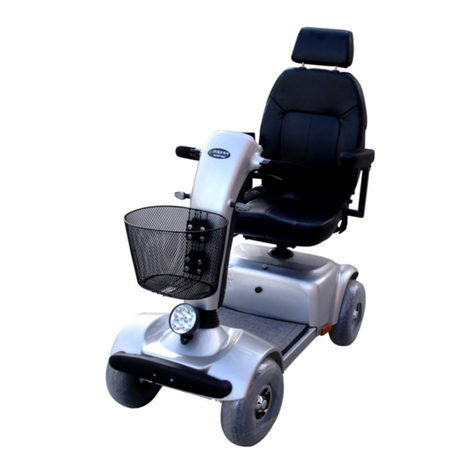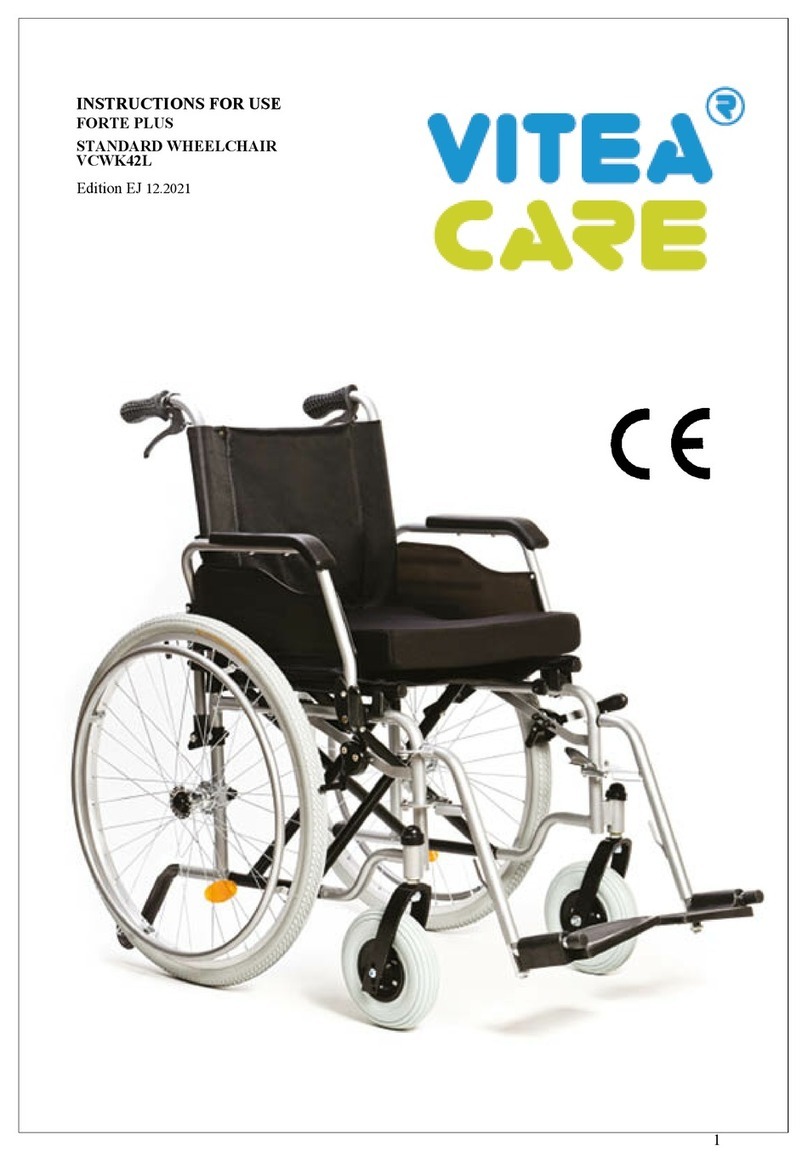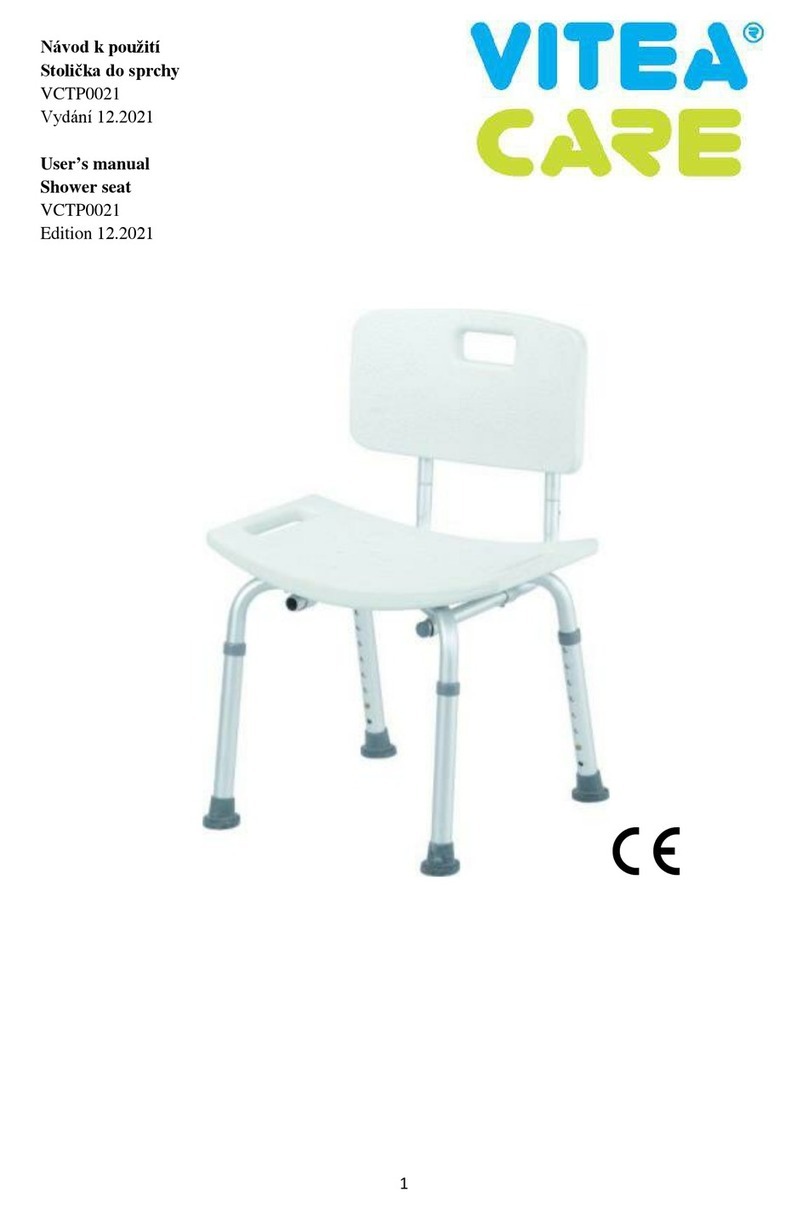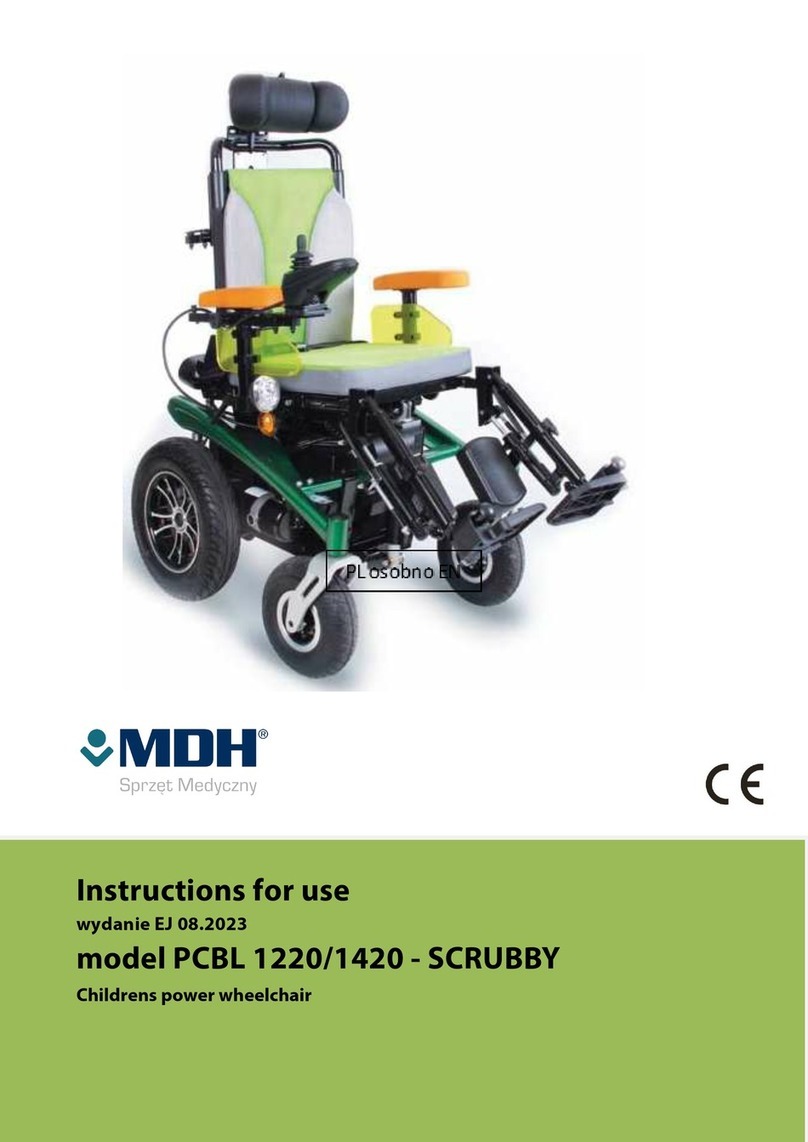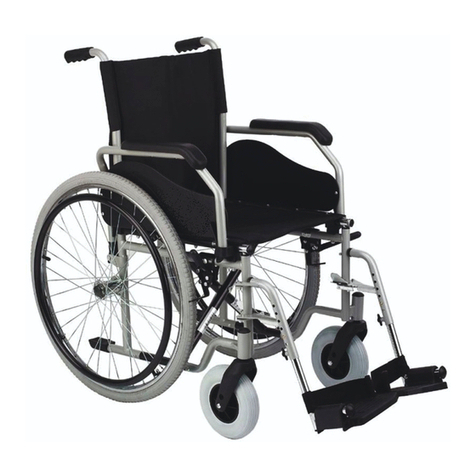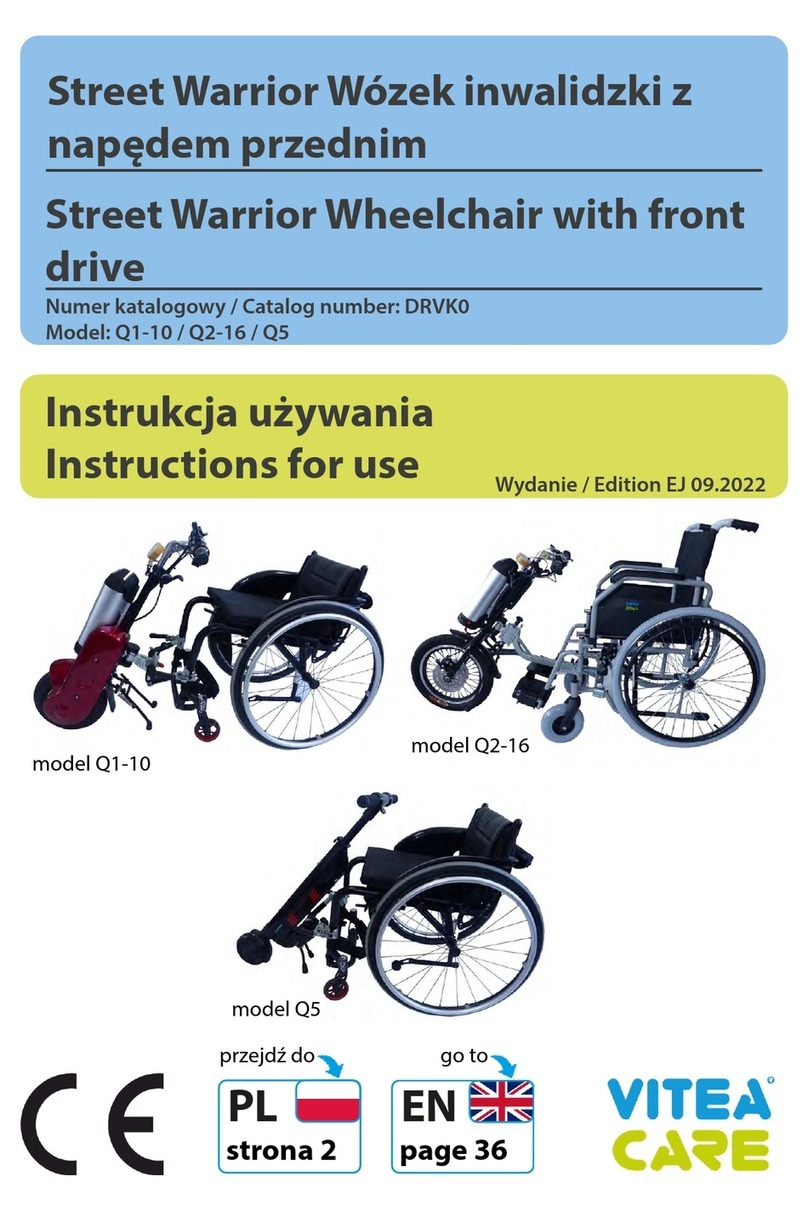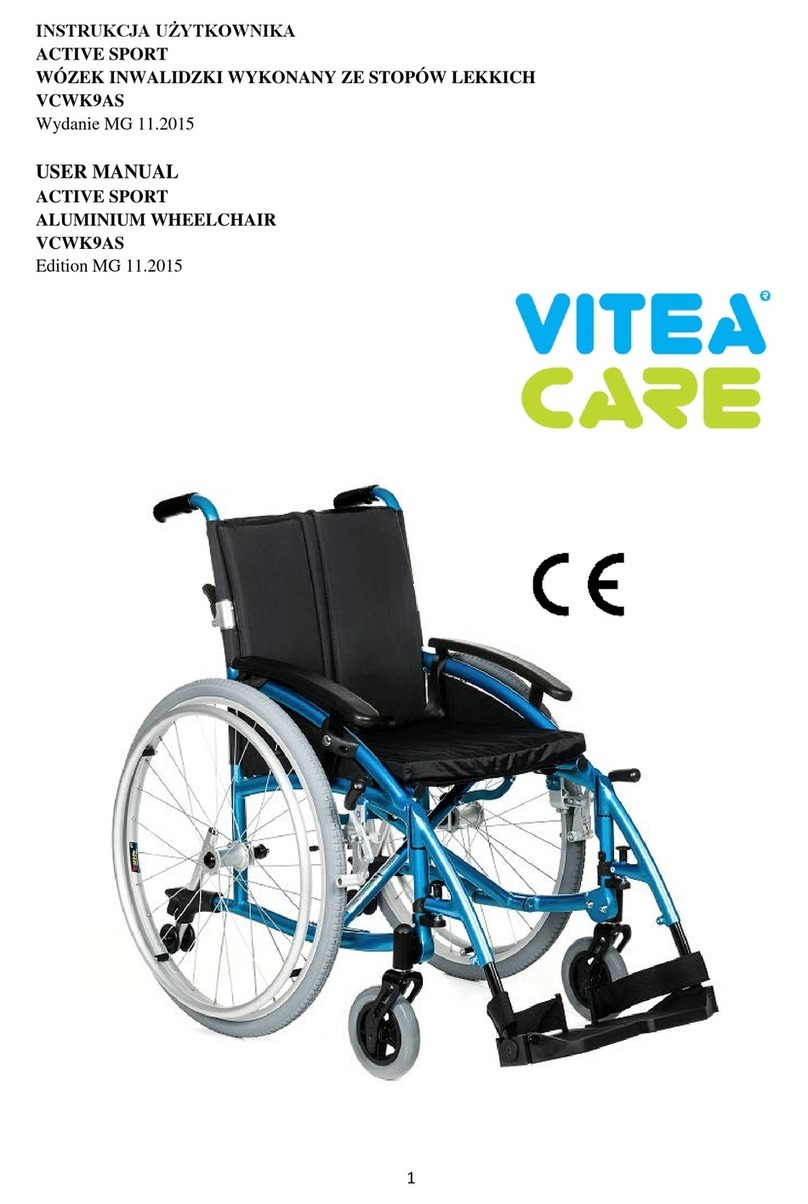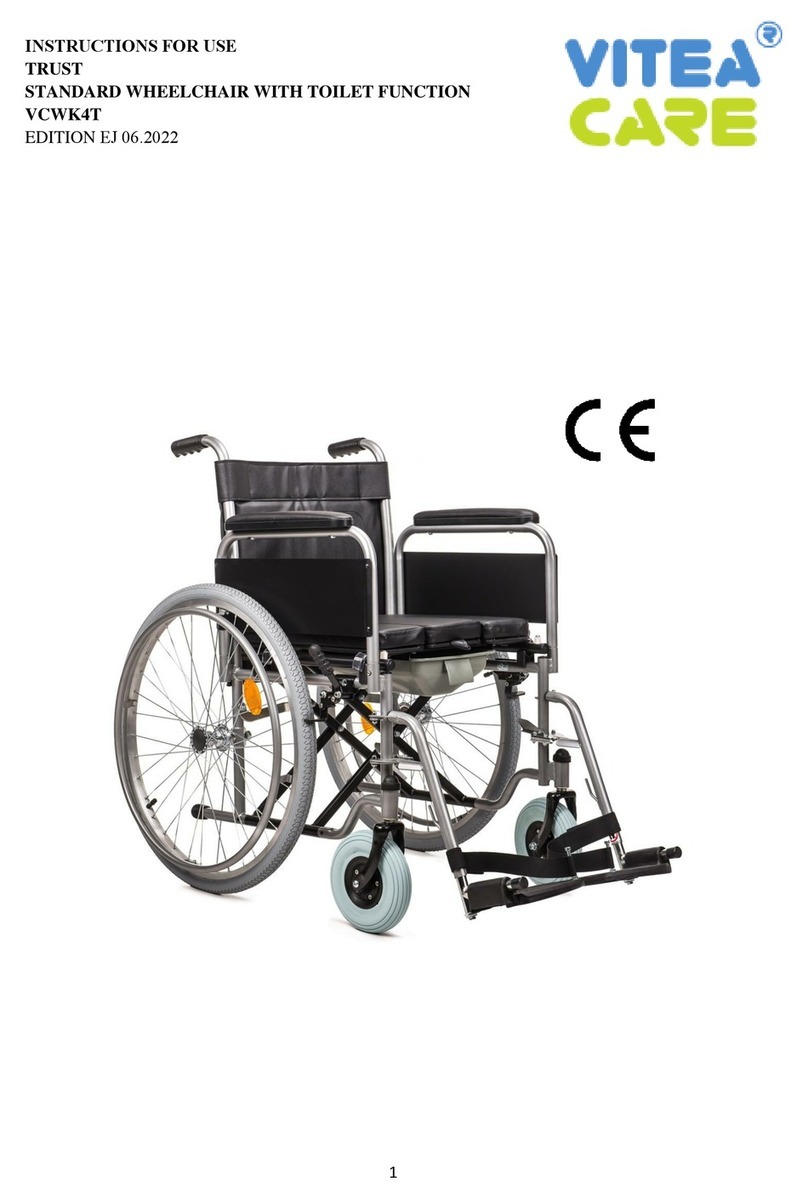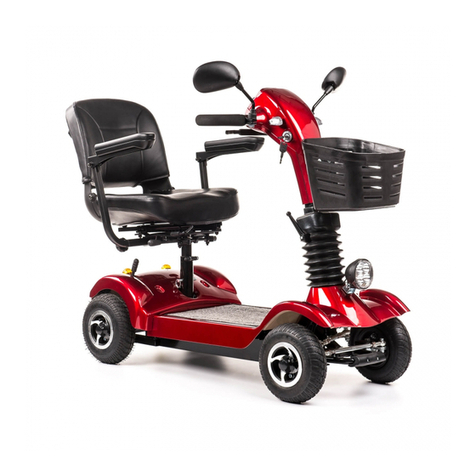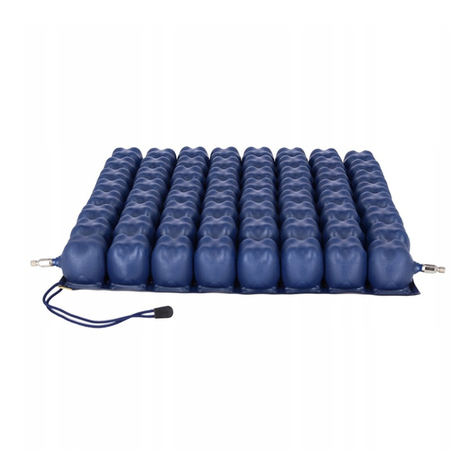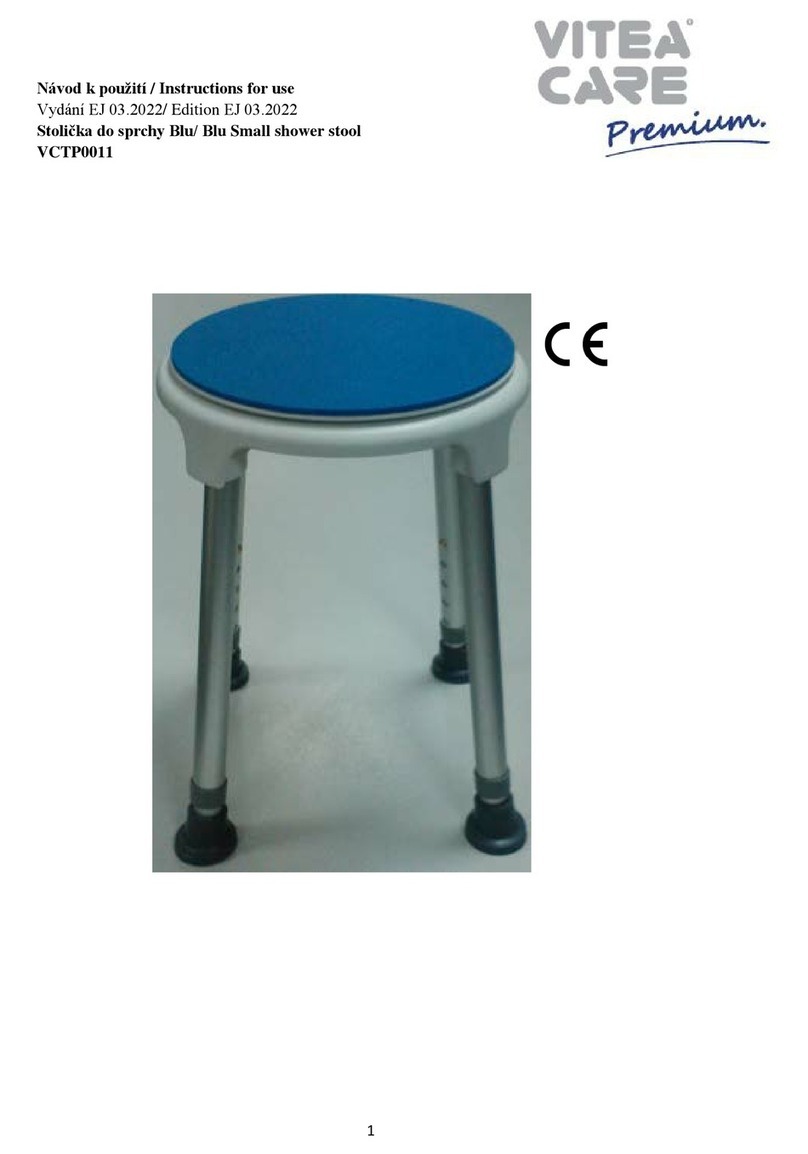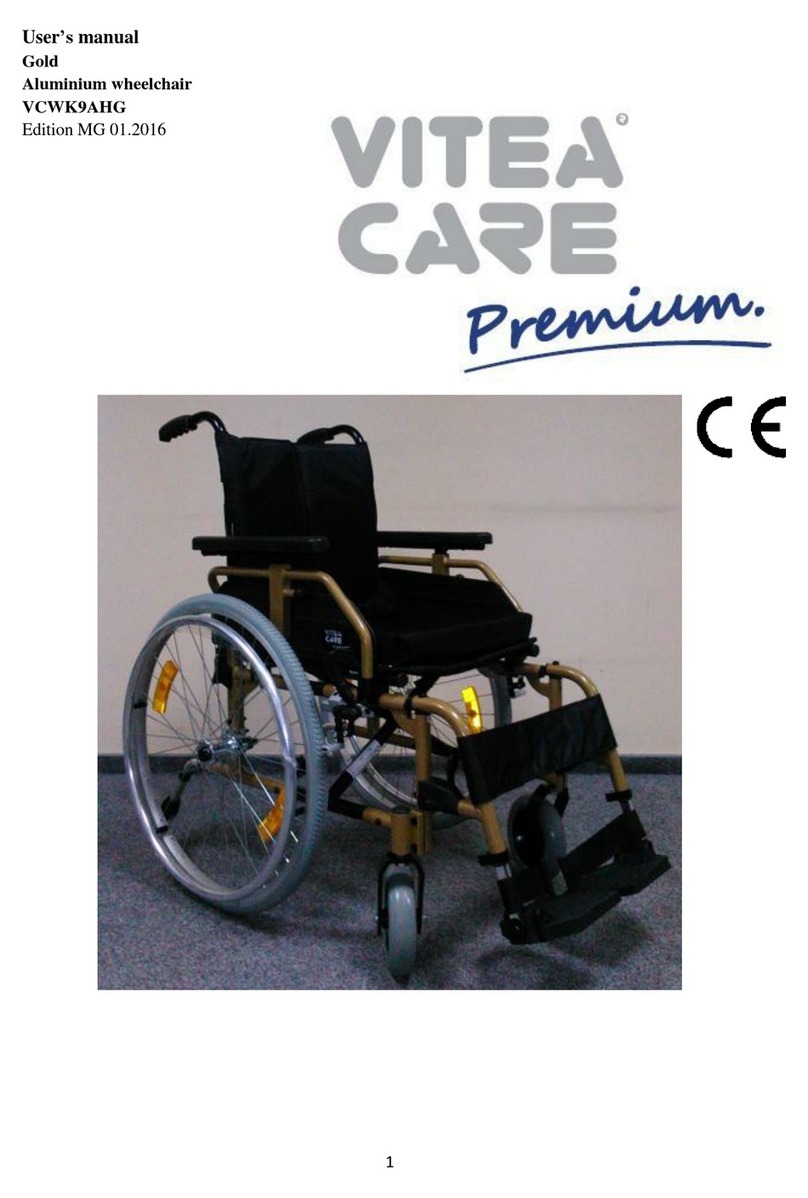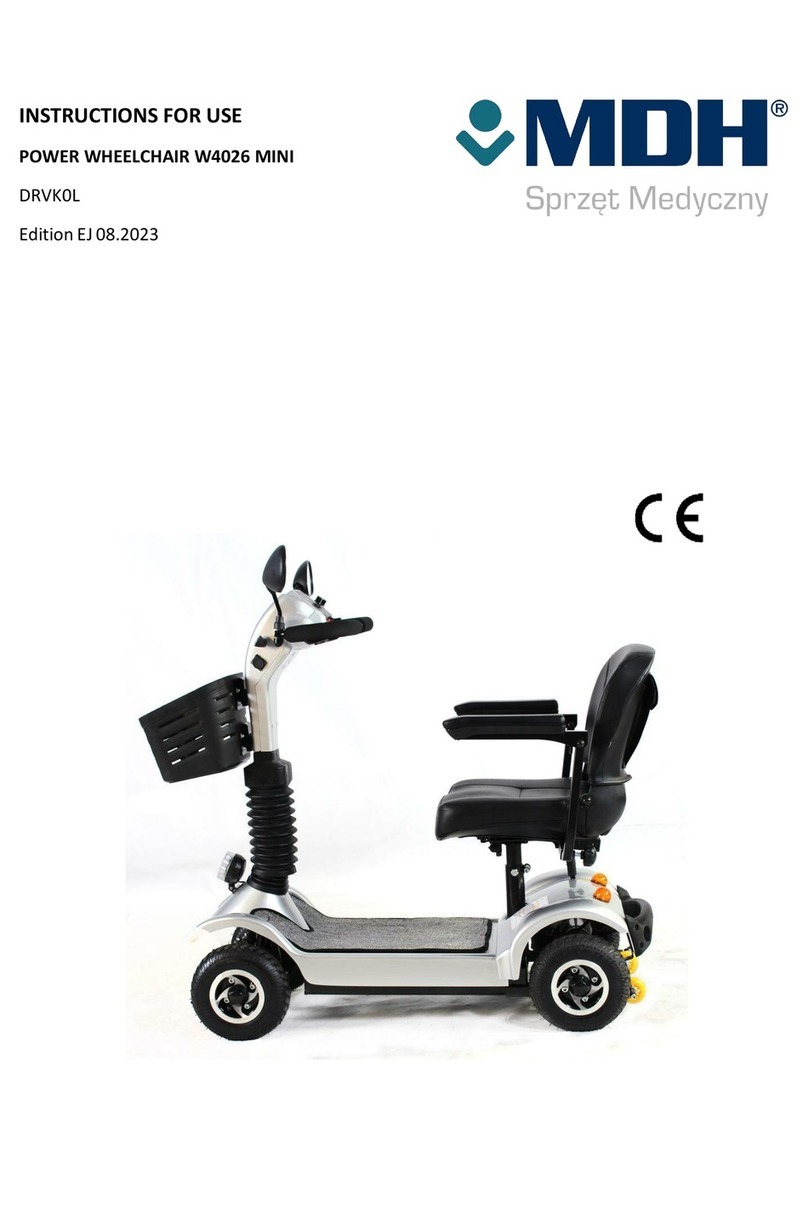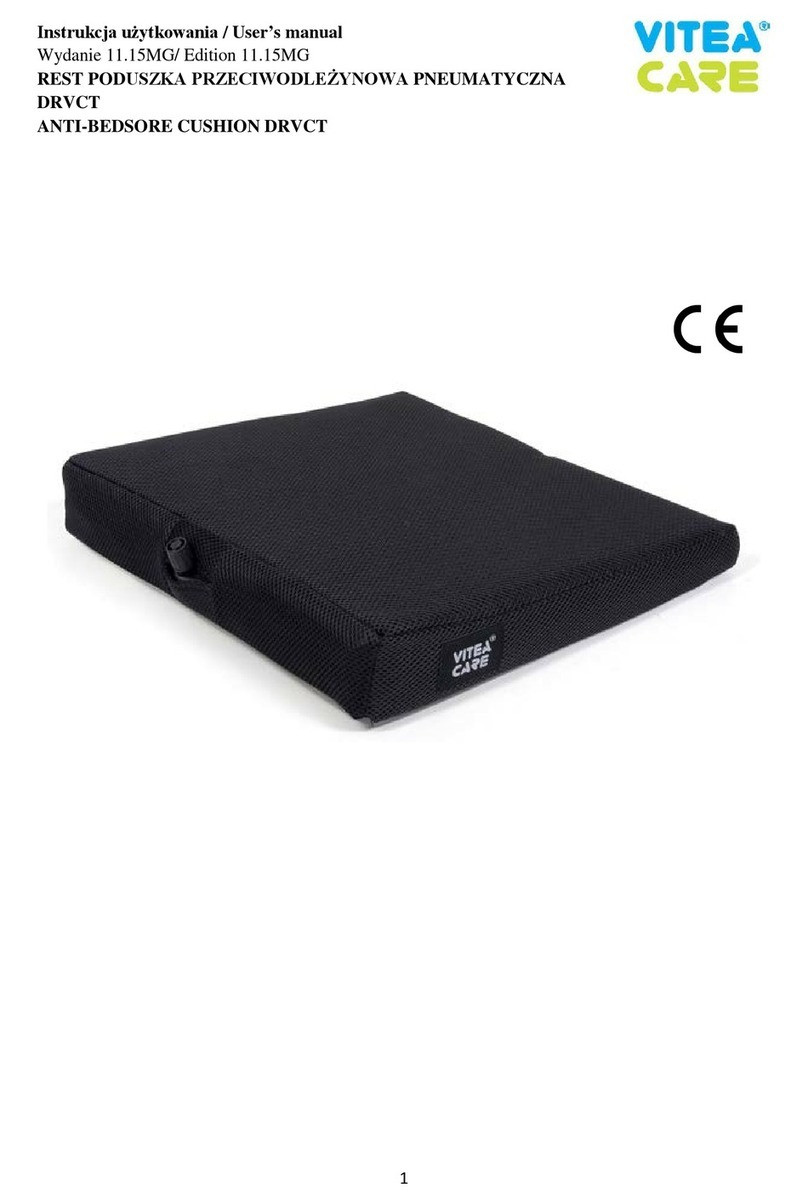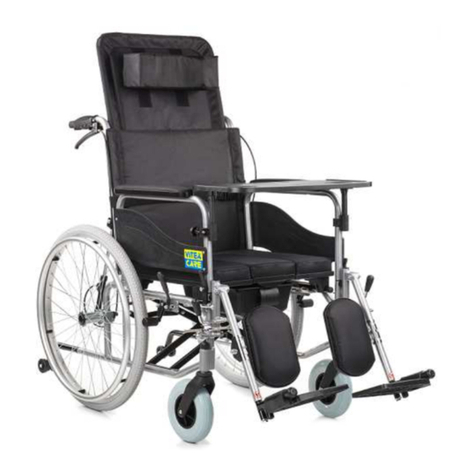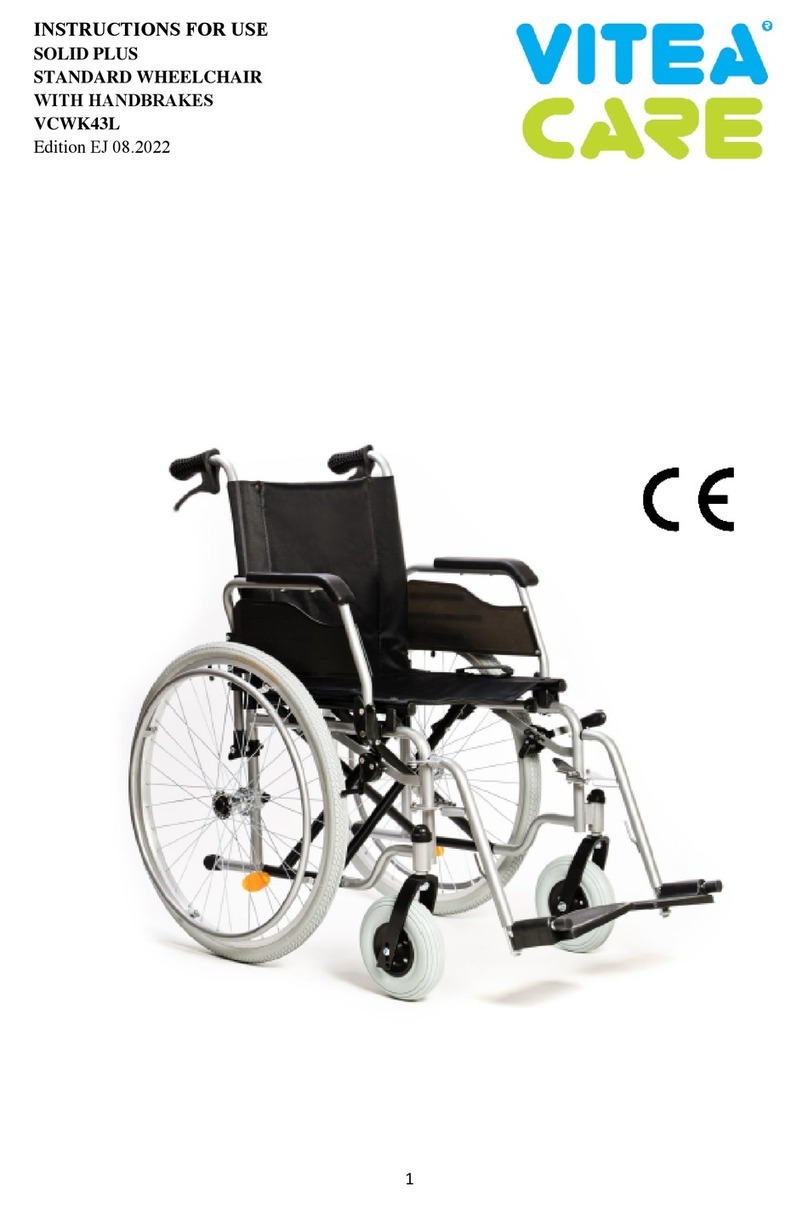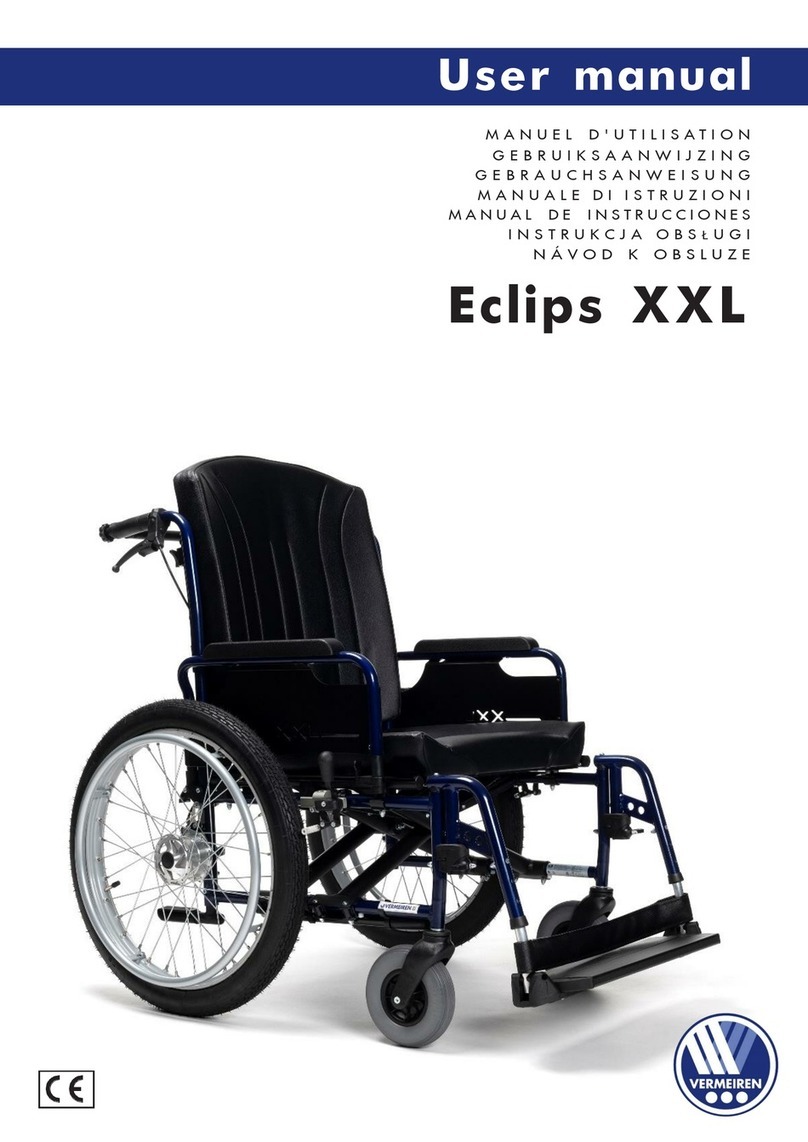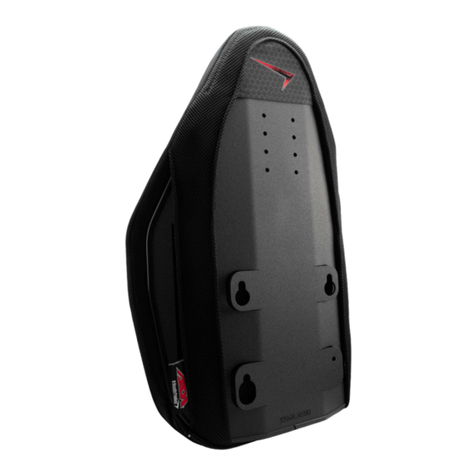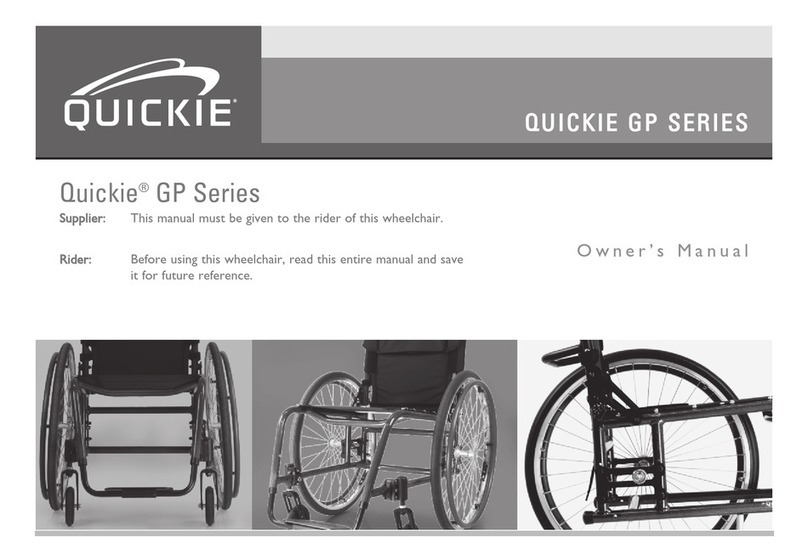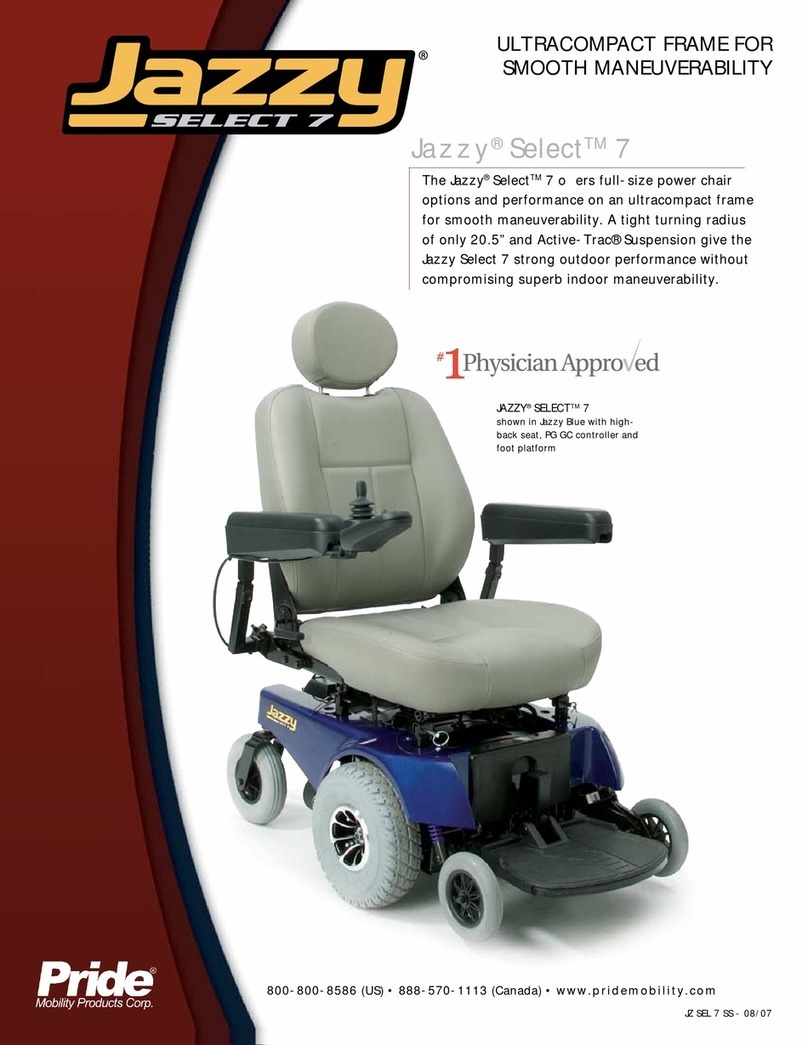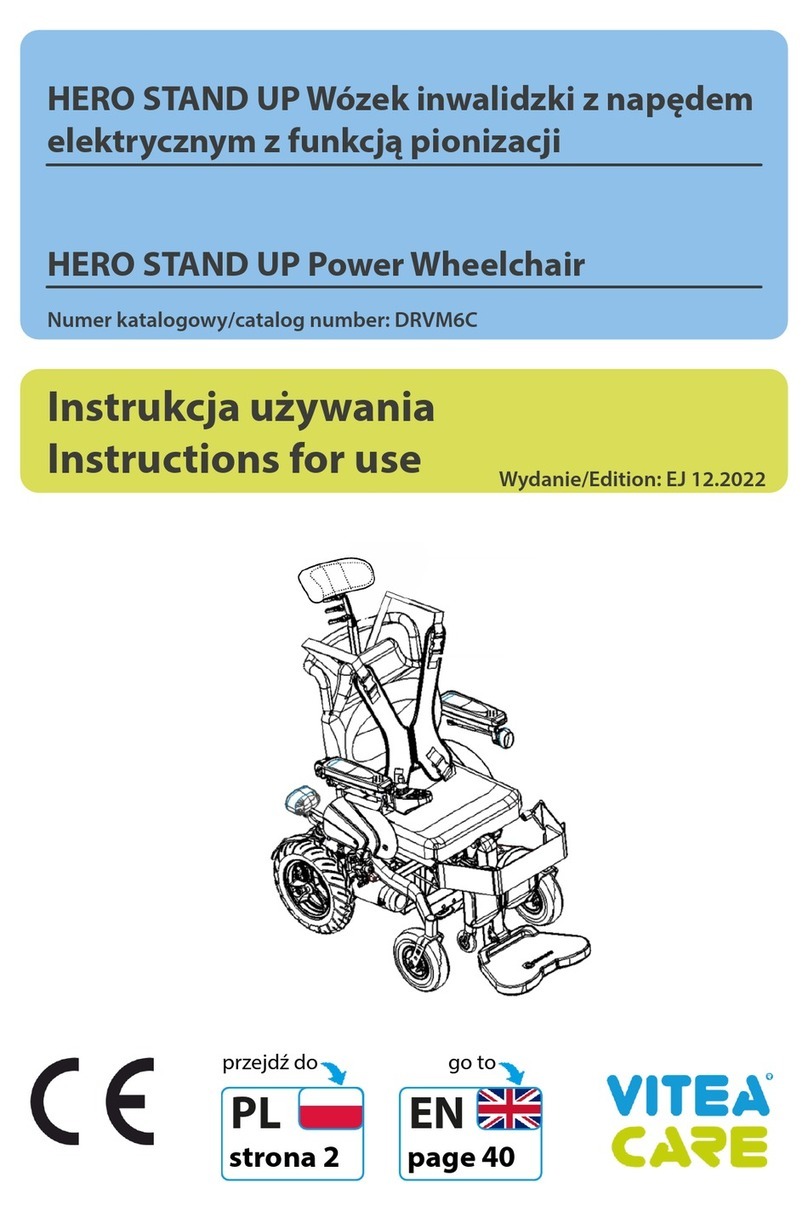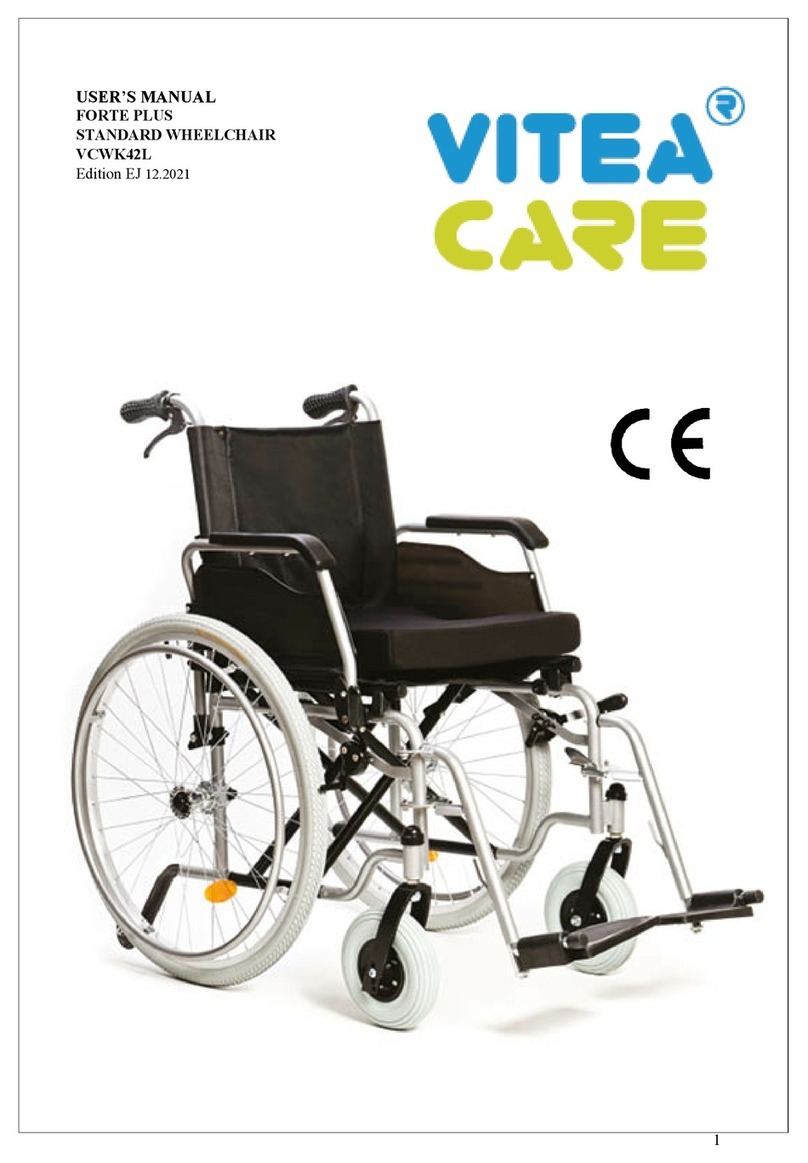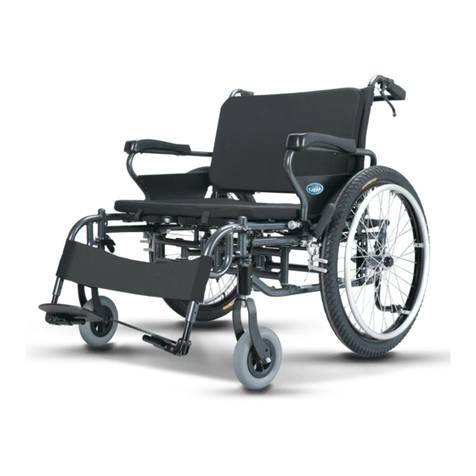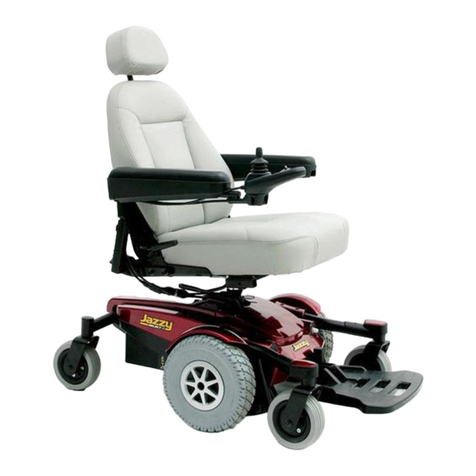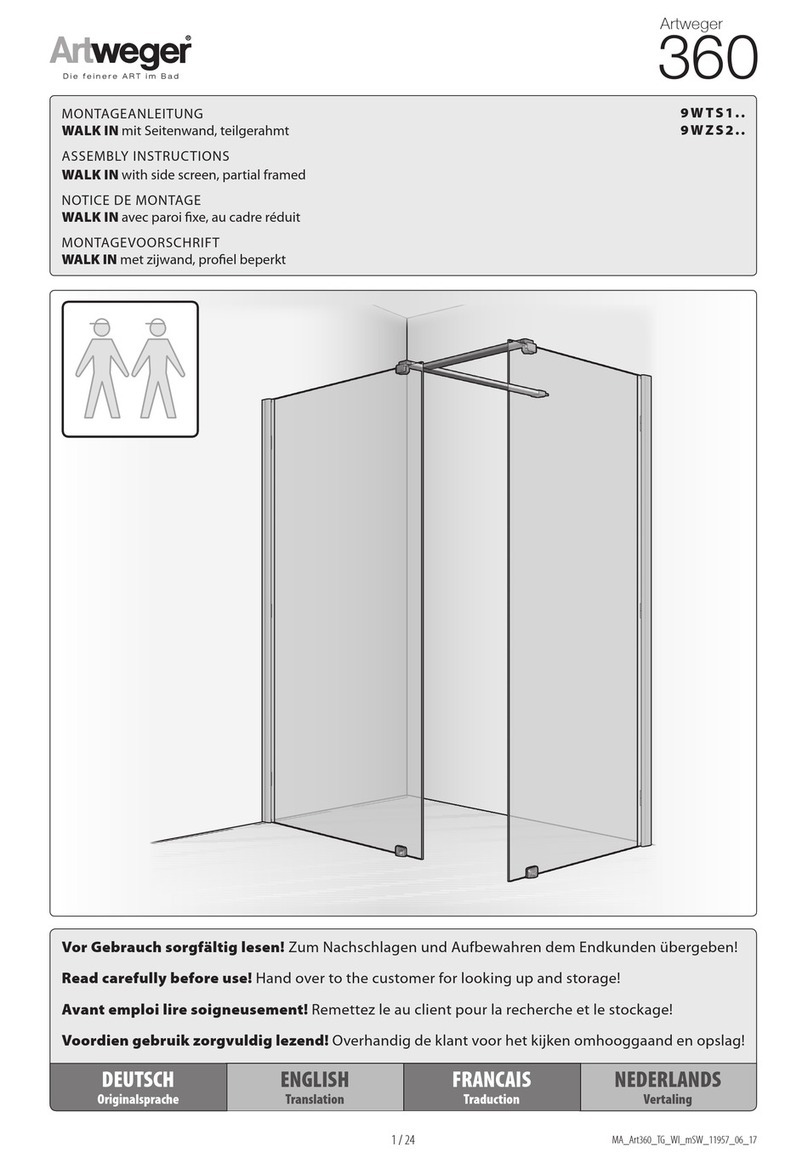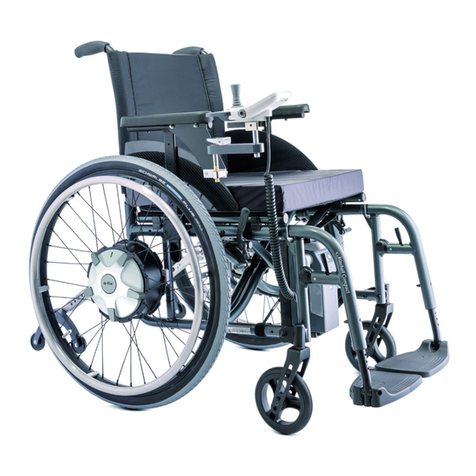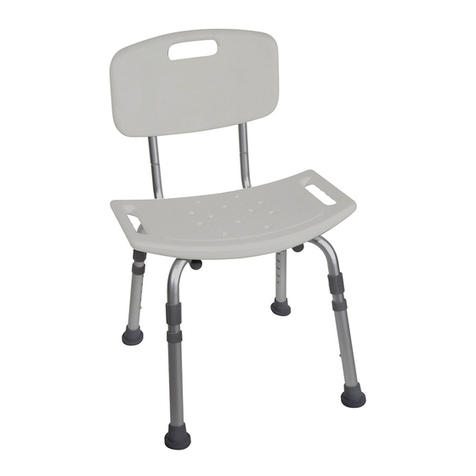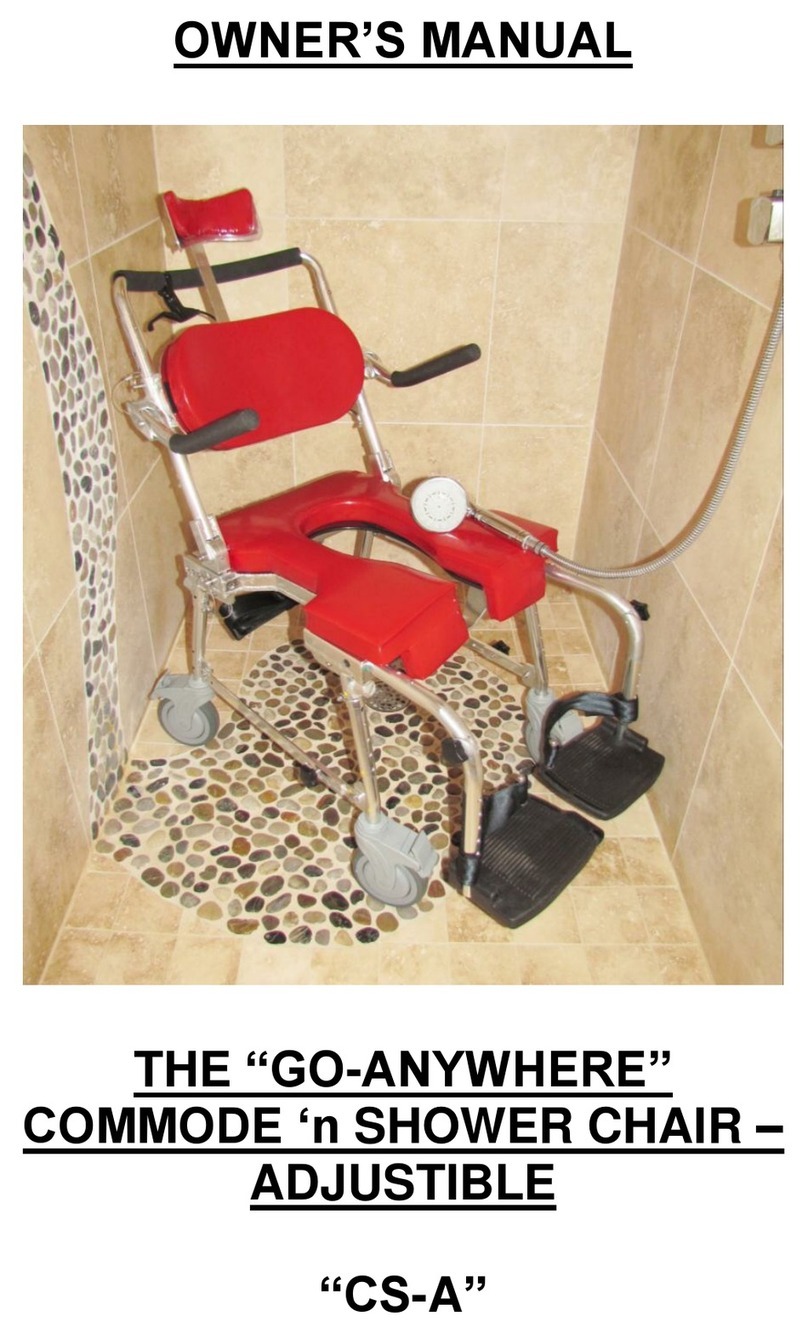
•Większość nowych pompek wyposażonych
jest zarówno w obsługę zaworu typu Prest jak i
Schrader. Wiele z nich pozwala na odwrócenie
końcówki. Mniejszy otwór będzie dotyczył
Presta, większy Schrader’a. Jeśli pompka nie
obsługuje Presta, trzeba będzie wyposażyć się
w „adapter Presta”, który dostępny jest w
każdym sklepie rowerowym.
•W tym momencie, jeśli koło zaopatrzone jest
w zawór Presta, konieczne będzie odkręcenie
nakrętki znajdującej się na wentylu. Jest to
mała nakrętka, która powinna dać się odkręcić
palcami. W momencie wykonywania tej
czynności nakrętka powinna przesuwać się ku
górze. Wówczas zawór uważany jest za
otwarty.
•Następnie należy zdjąć plastikowy kapturek z
zaworu i odłóż w bezpieczne miejsce. Ważne
jest, by go nie zgubić, ponieważ zawory będą
ulegać zabrudzeniu, co doprowadzi do
trudności w pompowaniu oraz szybszej utraty
powietrza.
•Przyłożyć dyszę pompki do zaworu i sprawdź
czy właściwie przylega. W razie potrzeby
wskazane jest przyciśnięcie pompki do
zaworu, by powietrze nie uciekało na boki.
•Jeśli pompka posiada dźwignię z zaciskiem
przy dyszy należy zacisnąć ją. Jeżeli dysza
pompki oraz zaworu posiadają nagwintowaną
końcówkę należy je wzajemnie wkręcić.
Dzięki temu powietrze będzie wpadało prosto
do dętki, a dysza nie odczepi się z zaworu.
•Przystępując do pompowania, należy
sprawdzać okresowo, jak duże jest ciśnienie w
oponach. Najlepiej robić to, poprzez ucisk
opony kciukami na końcu bieżnika. Jeśli
możliwe jest zrobienie jedynie milimetrowego
wgięcia, oznacza to, że w oponie jest
wystarczająco powietrza. W razie potrzeby
należy kontynuować pompowanie.
•Po zakończeniu pompowania, należy wyjąć
lub wykręcić dyszę z zaworu uciskając jej
wylot kciukiem. Ważne jest aby uczynić to na
tyle sprawnie, aby nie uciekło zbyt wiele
powietrza.
•W przypadku zaworu Presta należy dokręcić
uprzednio poluzowaną dodatkową małą
nakrętkę.
•Należy nakręcić plastikową nakrętkę na zawór.
•Most of the new pumps are equipped to
service both Presta valve and Schrader. Many
of them let to reverse the tip. Smaller hole is
Presta valve, Schrader valve greater. If the
pump does not support Presta, you will need to
buy uourself with the "adapter Presta", which
is available at any bike store.
•At this point, if the wheel is provided with a
valve Presta, it will be necessary to unscrew
the top located on the vent. It is a small top,
which can be unscrewed with fingers. When
doing this, the top should move upwards. Then
valve is considered open.
•Then remove the plastic top from the valve
and set it aside in a safe place. It is important
to not lose it, because the valves will get dirt,
leading to difficulties in pumping and rapid air
loss.
•Place the nozzle of the pump to the valve and
check if it stick properly. If it is needed, push
the pump to the valve to make sure that the air
does not escape to the sides.
•If the pump has a lever with clamp at the
nozzle, tighten it. If the nozzle of the pump
and valve have a threaded tip, screw them
together. As a result, air will be streamed
directly to the inner tube and the nozzle can
not detach from the valve.
•At the beggining of pumping the pressure in
tyres should be checked at some points. Check
tire pressure with your thumbs at the end of
the tread. If it is possible, make only a
millimeter indentation. It means that the tire
has enough air. If necessary continue pumping.
•After pumping, remove or unscrew the nozzle
from the valve outlet while compressing it's
ends by thumb. It is recomended to do this
quick enough in order to not loose too much
air.
•For Presta valve, tighten previously loosened
additional small top.
•Screw the plastic top on the valve.
















